Take the guesswork out of gardening and go straight for plants you know suit our climate.
If there's one thing our gardens and scapes are known for, it's our plethora of diverse, gorgeous Australian native plants, flora and fauna. From gum blossoms, plentiful grasses and eucalypts to the more colourful blooms of the Grevillea and Bottlebrush, introducing a range of our natives to your garden planning is a surefire way to transform your home into an endemic oasis.
In fact, if planned and planted with purpose, not only will you find yourself with a thriving landscape on your hands, but you'll be providing an environment in which a multitude of native insects and animals can flourish. Really, if there are any cons to growing Australian plants and flowers, we're yet to discover them!
When it comes to picking which natives will work best, it comes down to the plants preferences in climate, temperate and region. So, whether you're pre-planning, overhauling or simply doing some research, take a peek at our guide to help you figure out which Australian native plants will work out back at your place.
SPOTTED EMU BUSH (EREMOPHILA MACULATA)
If you're worried about designing a garden and don't have much of a green thumb, this plant is ideal. It's drought tolerant and very low maintenance – simply position it in a place that gets a ton of sun and let it do its thing.
Growing to about 2.5 metres and developing a showy display of red and purple flowers with white spots in spring, summer and winter, the Spotted Emu Bush tthrives everywhere in Australia except for Darwin and the east coast of Queensland.
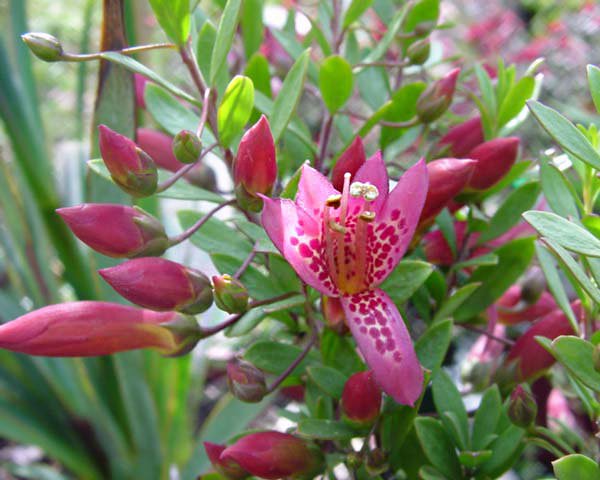
KANGAROO PAW
A popular pick for its compact size, the Kangaroo Paw suits garden beds and pot plants best. When planted in a sun-drenched spot and in well-drained soil, it flowers a deep red or yellow colour from late winter right through to summer. Flourishing in temperate climates, you can expect it to thrive in spots like Sydney, Adelaide and Melbourne.
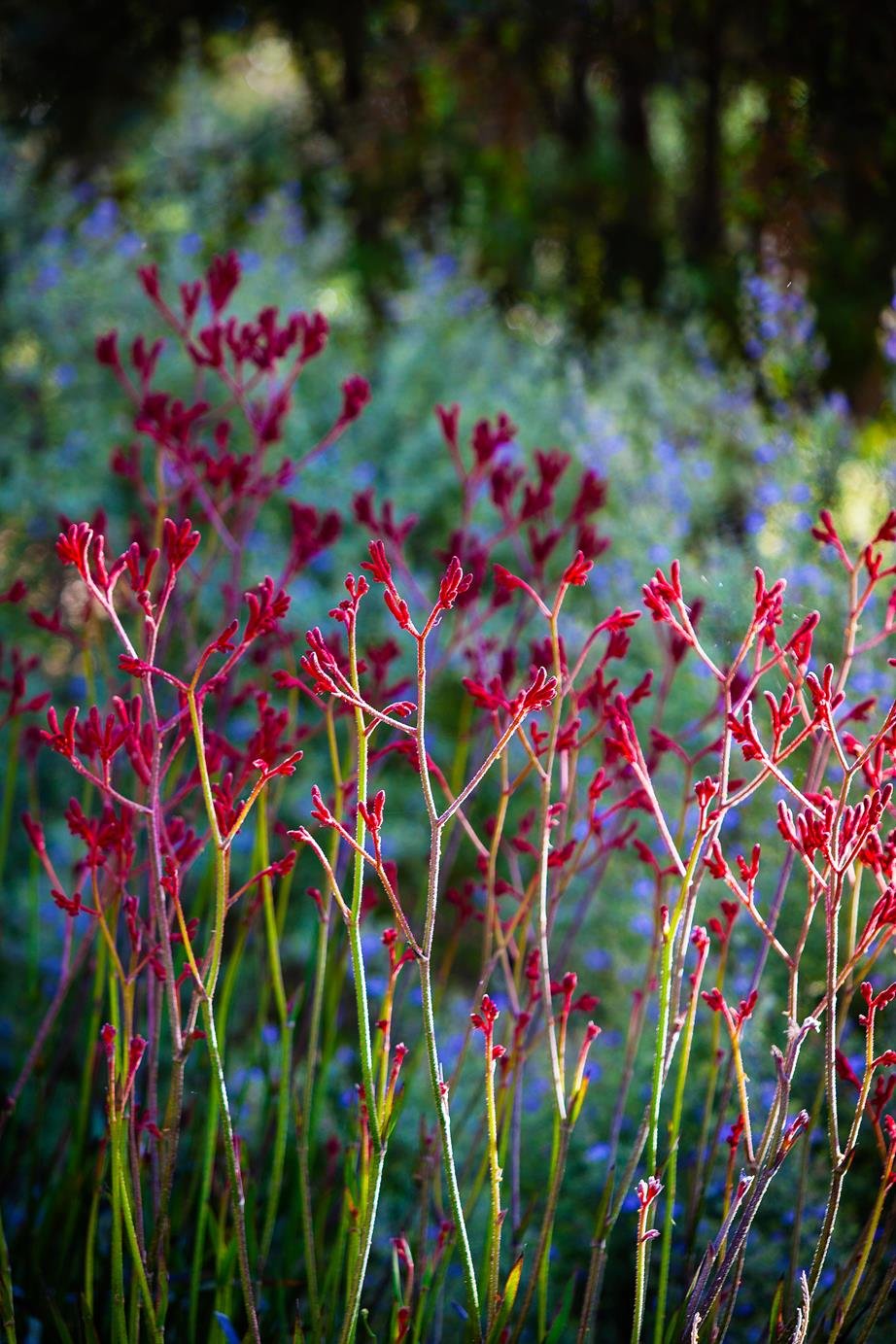
WARATAH (TELOPEA SPECIOSISSIMA)
If you want something truly iconic to Australia, try growing waratahs. While they are a bit harder to maintain – and may test your patience – the results are more than worth it, rewarding you with big, lush blooms. Waratahs grow well in most of New South Wales, but note that they do need to be in an area protected from wind.
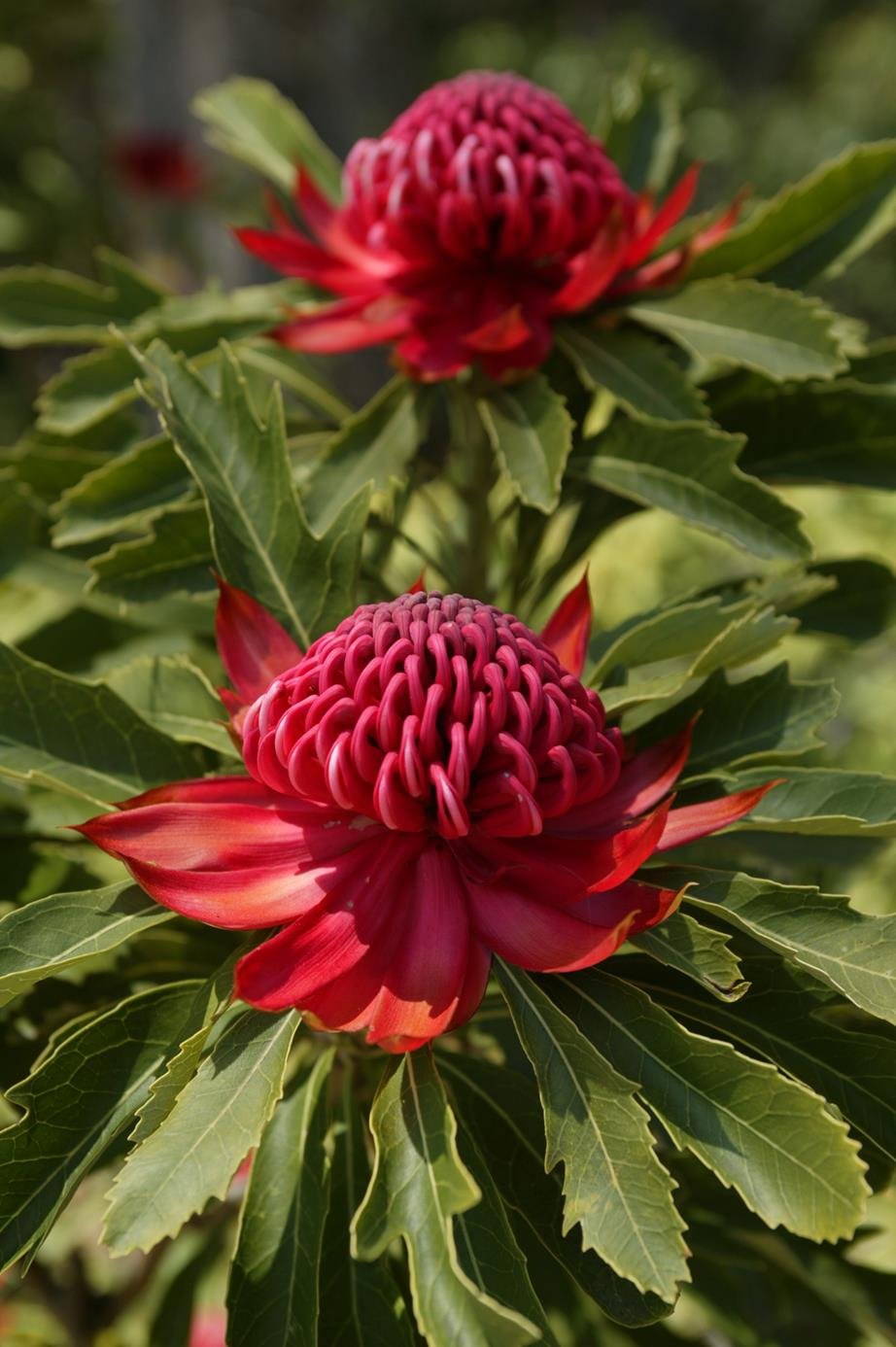
HAPPY WANDERER (HARDENBERGIA)
Are you looking for a plant to decorate your fence, door, wall or trellis? Try the Happy Wanderer. A fitting namesake, the Happy Wanderer does exactly that - with a little water, a bit of shade and some well-drained soil, it will happily wander up walls and trellises without too much help.
It suits most parts of Australia and often flowers throughout winter and spring. It usually has purple flowers, but it also comes in white, pink and mauve varieties.
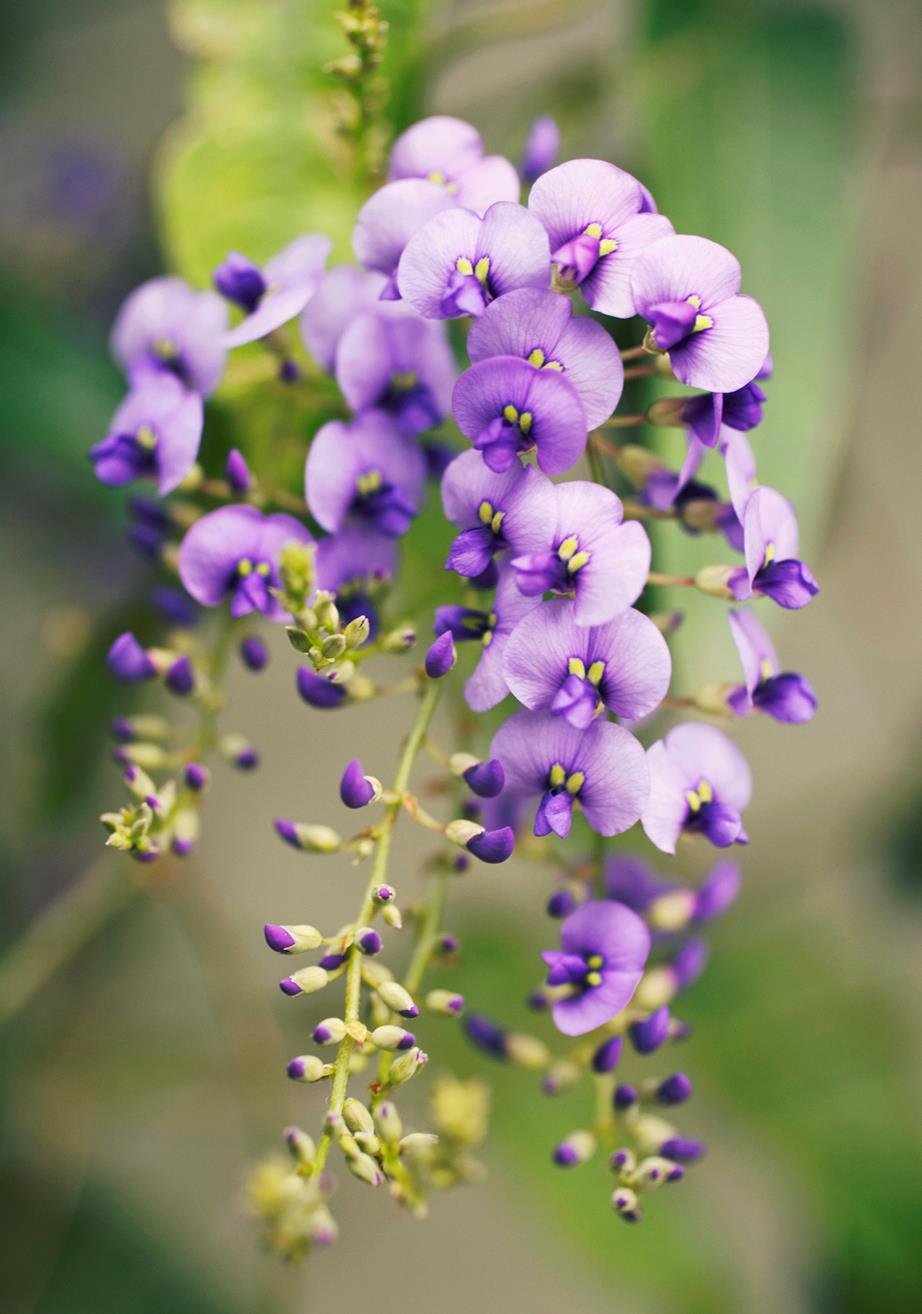
NSW CHRISTMAS BUSH (CERATOPETALUM GUMMIFERUM)
Don't let the 'NSW' in this popular plant's name fool you, the Christmas Bush will thrive anywhere along the east coast of Australia, and long as you have the space, it can grow up to four metres tall!
Albery's Red is a common variety of Christmas Bush and flowers from early November up until – you guessed it – Christmastime. Plant in a sunny spot with well-drained soil.
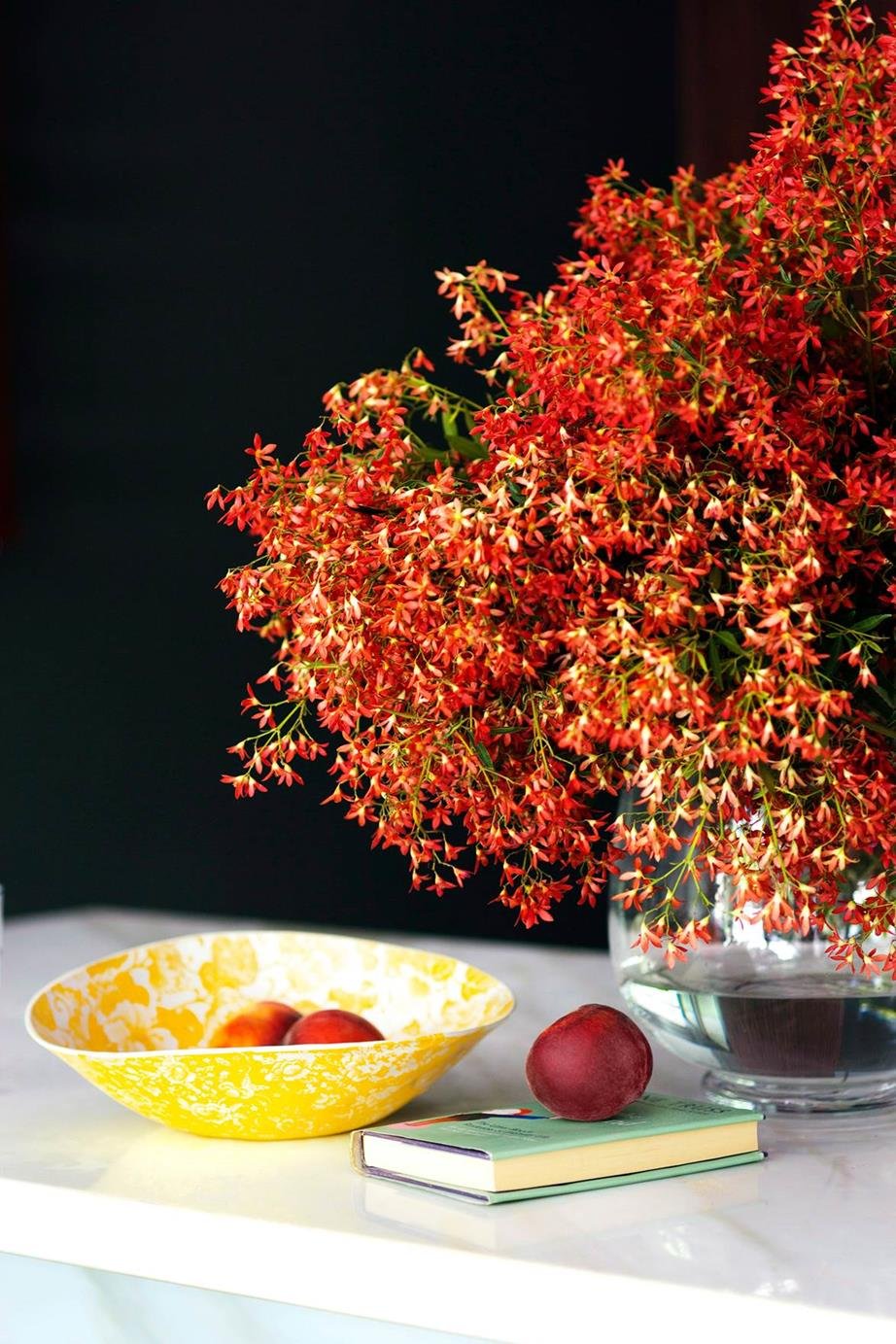
8 TOP AUSTRALIAN NATIVE PLANTS TO GROW
For more colour, texture and variety, try your hand at growing any of these gorgeous natives.
- Blueberry Ash – a rainforest tree that grows naturally from Queensland right down to Tasmania
- Bottlebrush – an incredibly unfussy native Australian classic that grows from the tropical north to the temperate south
- Coastal Rosemary – a shrub typically used as a hedge plant that enjoys both warm and cool temperates
- Correa – available in both flowering and shrub varieties, Correa varieties grow from South Australia, through Victoria and New South Wales and into south-east Queensland
- Brachyscome Daisy – perfect for attracting bees and butterflies, this purple-hued bloom enjoys full sun
- Eucalyptus – the cornerstone of Australian natives, the eucalypt has a huge varietal range; there's something to suit every location
- Acacia – also known as wattle grow mainly in arid and semi-arid regions
- Banksia – these bushy, spectacular plants are fairly hardy, and can be grown in all but the coldest and most tropical climates
Source: Homes to love